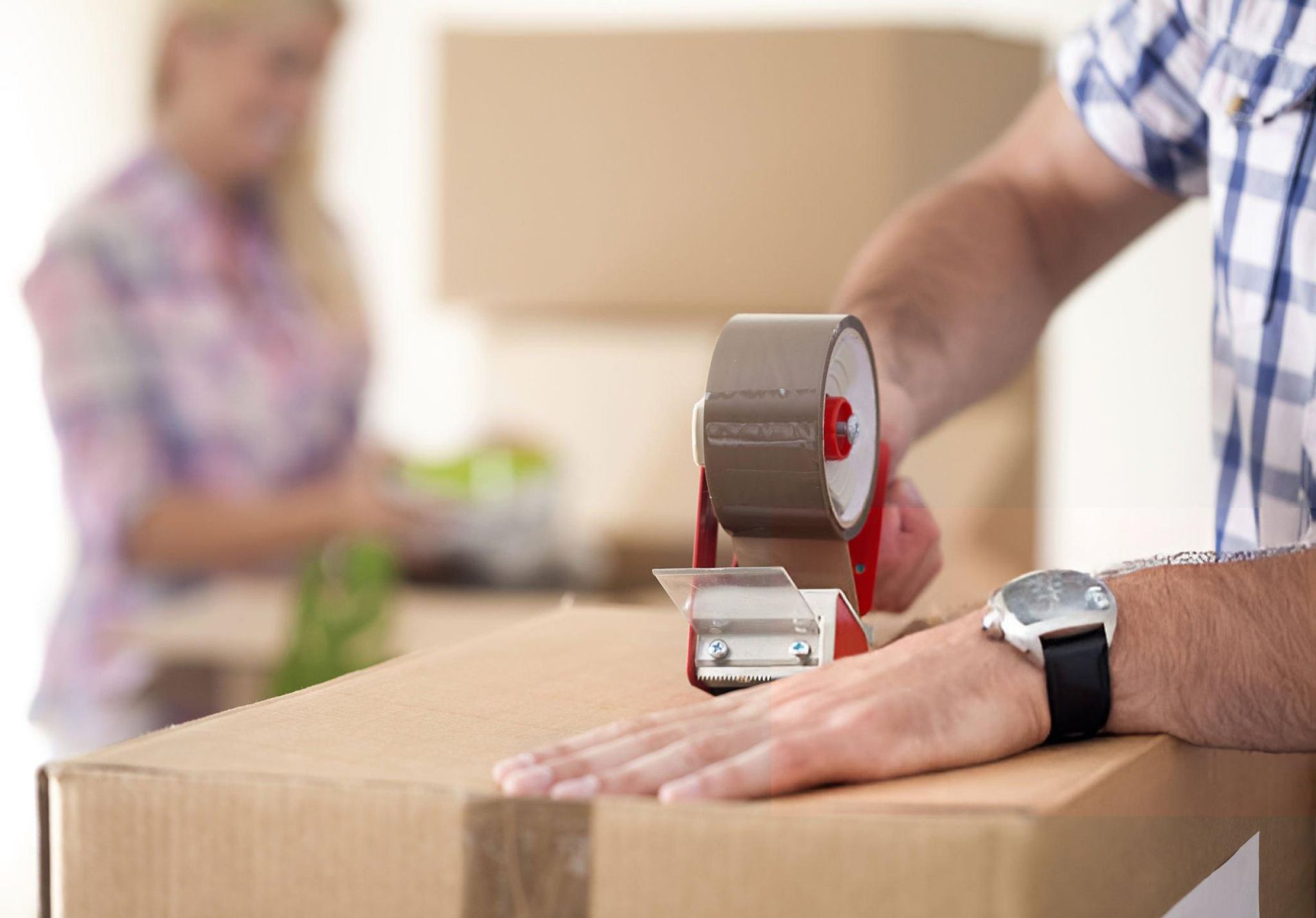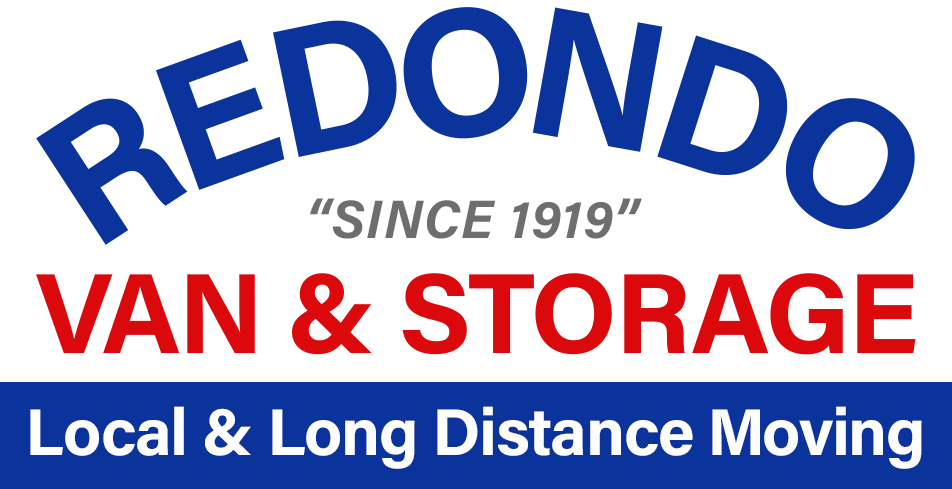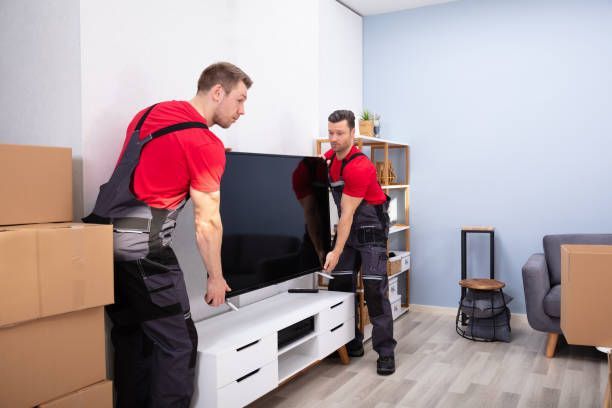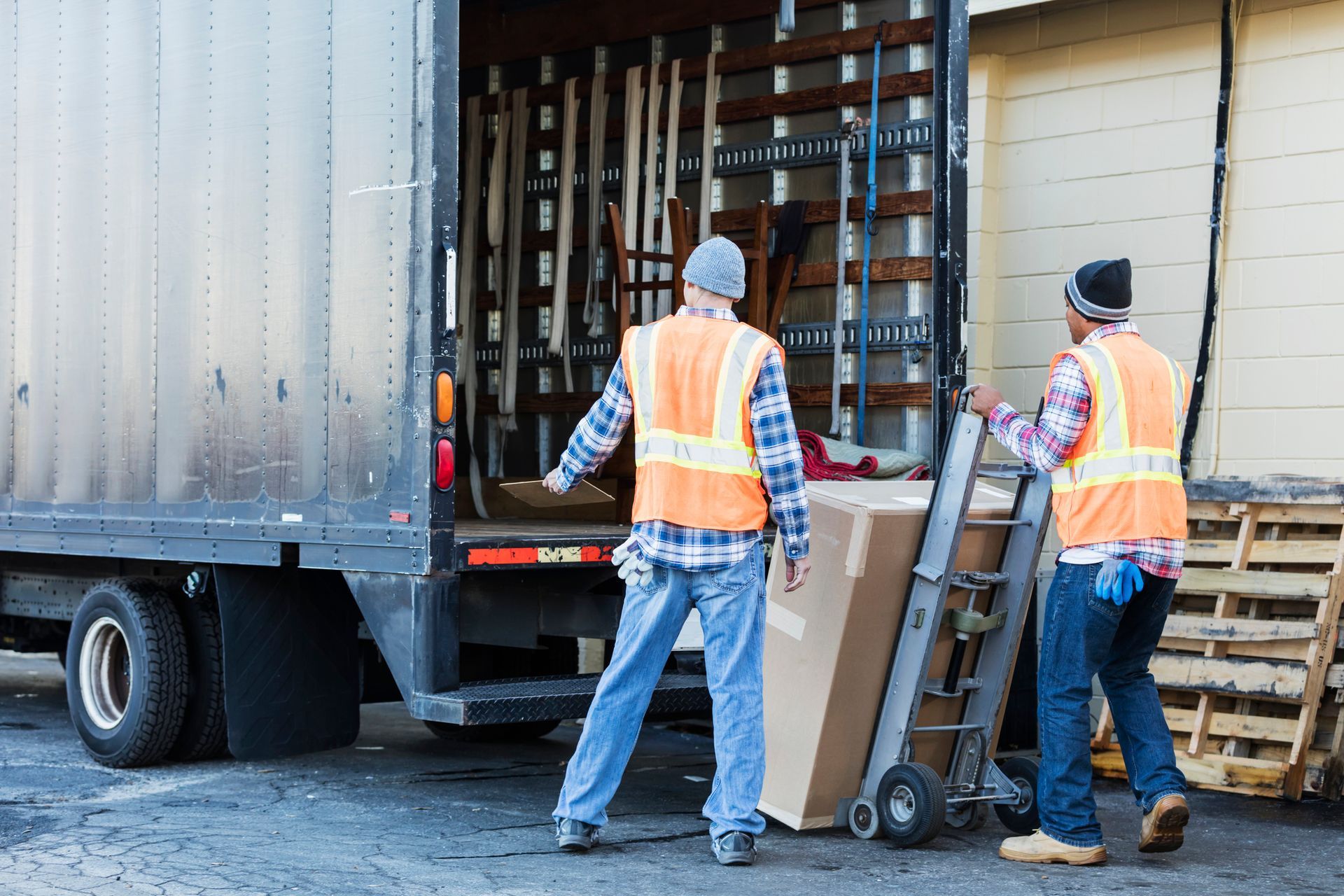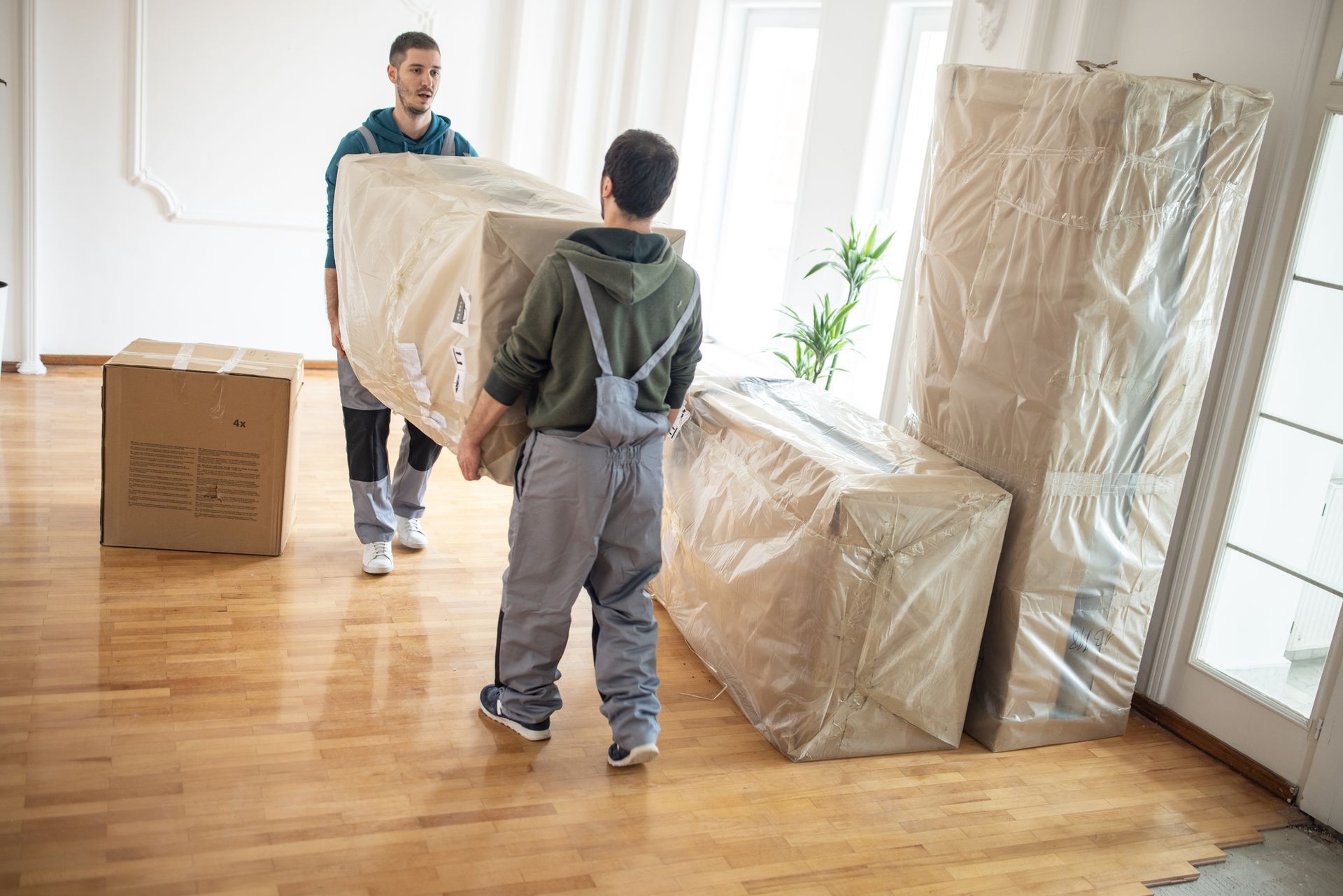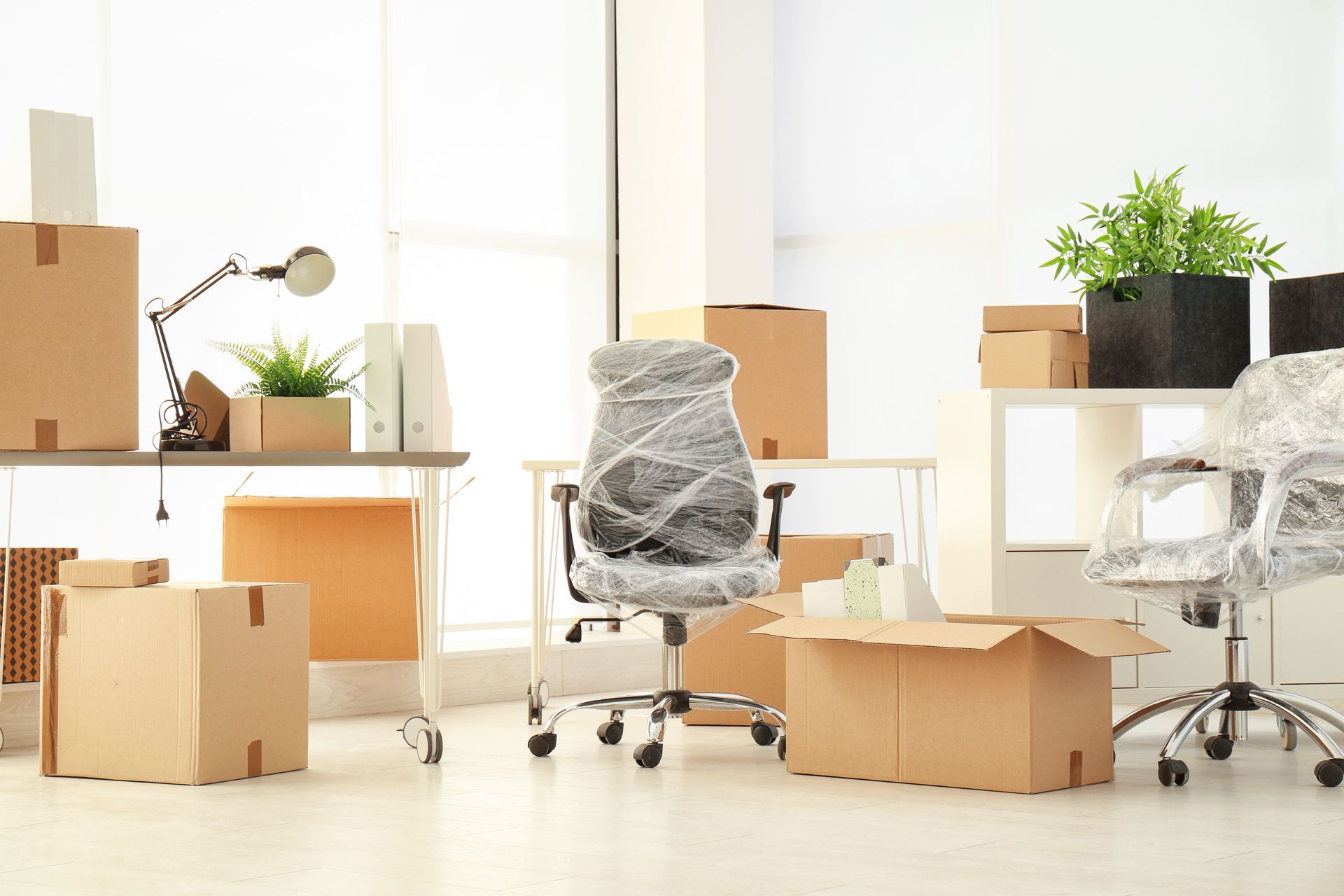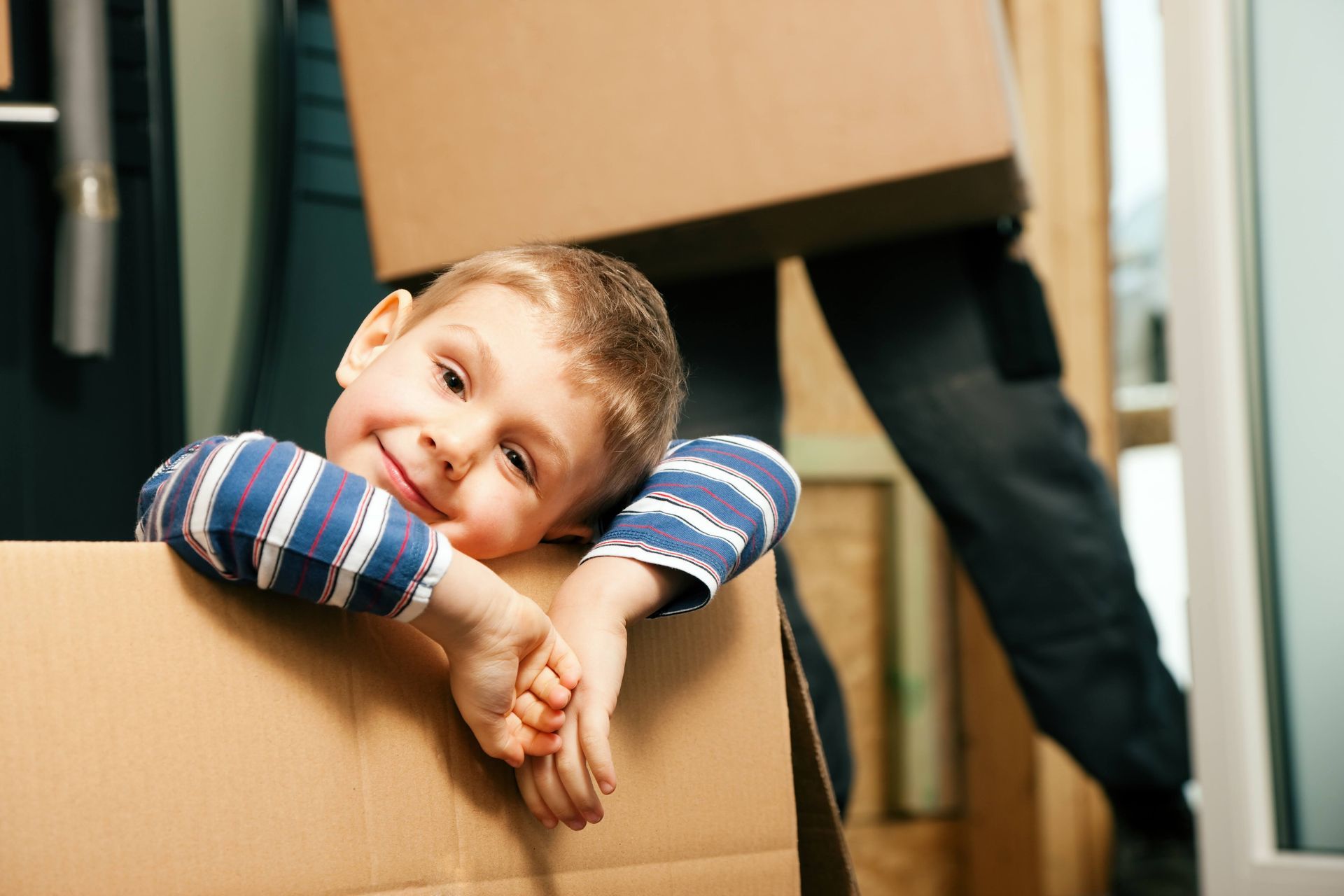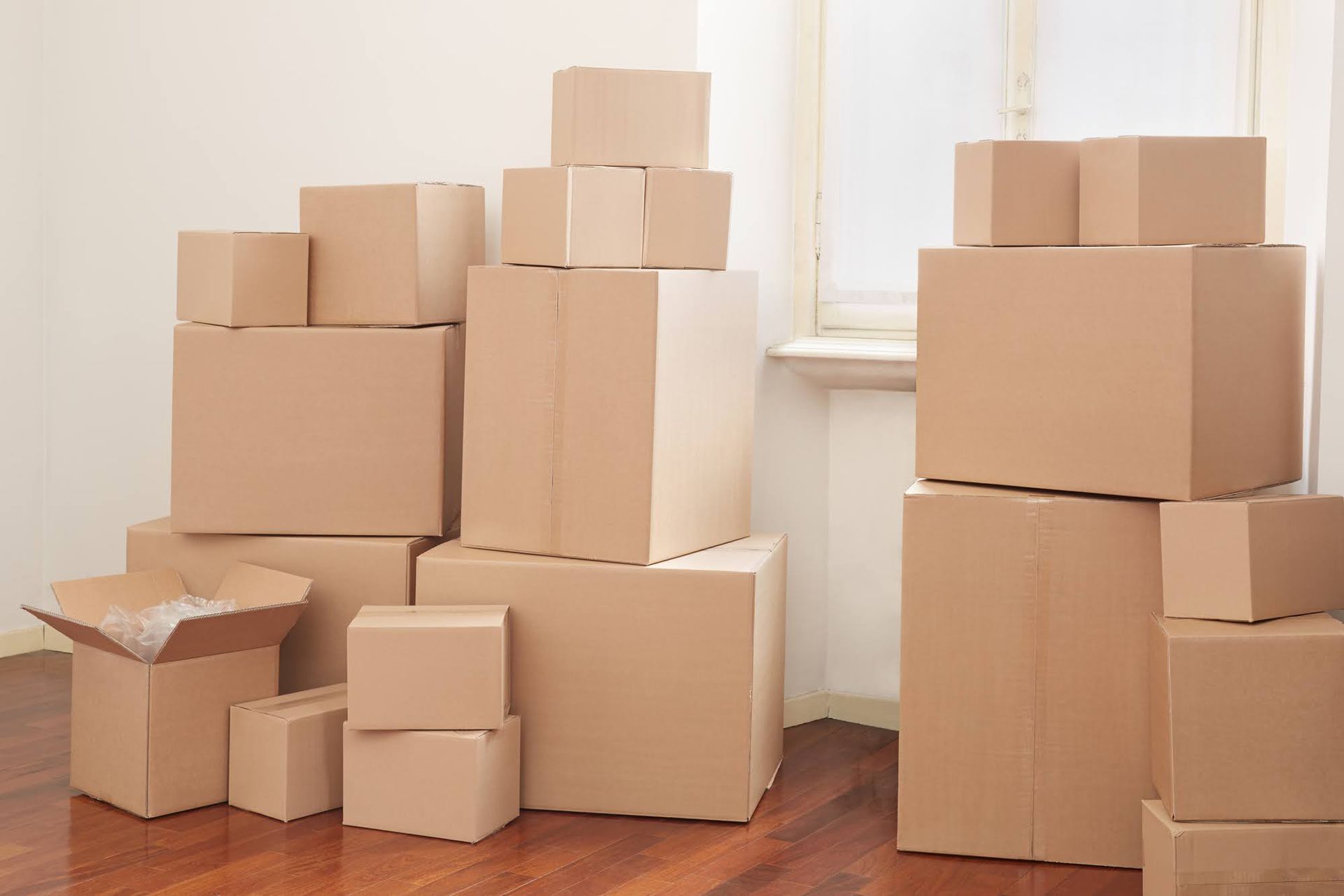The Best Protective Materials to Cushion Your Items for a Move
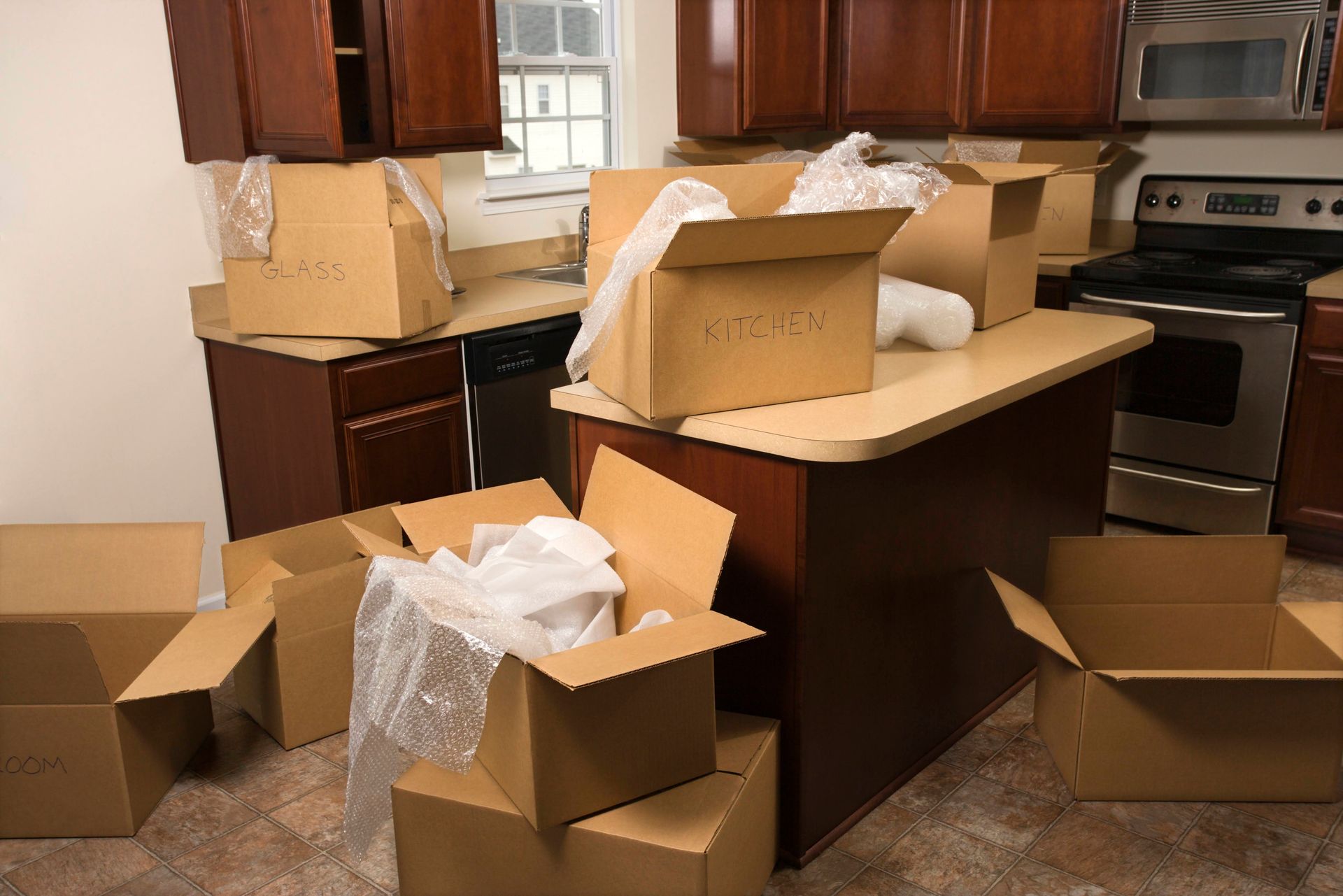
You need a variety of packing materials when moving, such as boxes, markers, packing tape, and rope. Most importantly, you must have cushioning materials that absorb moving shocks and protect your items from damage. Discover the must-have protective materials below.
Bubble Wrap
Bubble wrap is a plastic material featuring small air pockets that cushion items during transit. The material's light weight ensures it doesn't weigh down your moving boxes, while its versatility makes it capable of protecting all kinds of items.
Bubble wrap is effective for cushioning breakables like dishes, glasses, china, antiques, vases, glass decorations, mirrors, and electronics. The air pockets should face the item for optimal protection.
In addition to wrapping items with bubble wrap, use it to pad moving boxes or fill empty spaces in a box. The material can also form a cushioning layer between two layers of items.
The major drawback with bubble wrap is that it gets expensive because you must use several layers to protect fragile items. Therefore, you should use bubble wrap with other packing materials to tame your moving expenses.
Packing Paper
Packing paper is softer and thicker than traditional paper and crumples to fit into tight spaces, making it great for packing household items. Additionally, the material is clean and ink-free and won't stain glasses, dishes, bowls, pans, pots, artwork, and other fragile possessions. Packing paper wraps tightly around any item, providing excellent protection from scratches.
You can use packing paper in many ways when moving for a move. For instance, line moving boxes with the material before stacking your items. Once you have packed a box, fill the empty areas with packing paper to immobilize items during transit. Also, fill the hollow spaces of glasses, bowls, mugs, and other breakables with packing paper for maximum cushioning.
You can use packing paper and bubble wrap together for extra protection. First, wrap sensitive items in packing paper, followed by a layer of bubble wrap to absorb shocks during transport.
Packing Peanuts
Packing peanuts are commonly used to protect electronics and other sensitive items for shipping. The major role of this material is to prevent items from moving inside the box and breaking in transit.
Once you place your wrapped item in the box, fill the empty areas with the material and shake the box to allow the peanuts to settle. Lastly, top the box with more peanuts and secure it with packing tape.
Keep in mind that packing peanuts alone do not cushion your items. You must first protect your belongings with wrapping paper and bubble wrap before placing them in a box with packing peanuts.
Plastic Wrap
Plastic or stretch wrap is quite versatile, as it keeps dirt and moisture away, bundles awkwardly shaped items together, and keeps drawers and furniture doors in place. While plastic wrap wraps tightly around an item, it doesn't leave stains or scratches, making it practical for your move.
Use a couple of layers of this material on chairs, artwork, couches, dressers, desks, and other large belongings. Wrap the plastic wrap both vertically and horizontally, and use it in conjunction with other packing materials to enhance its effectiveness.
Clothes and Towels
If you run out of cushioning materials, your closet may save the day. Sweatshirts, hoodies, and other thicker clothing can protect breakables from damage, while towels can be used to line moving boxes. T-shirts and other thinner items are excellent for filling empty spaces in a box and preventing fragile items from shifting.
However, clothing is not the best cushioning material as it takes up a lot of space, weighing down your boxes. Your clothes may also get ruined due to crumpling or possible staining. Professional protective materials perform better while taking up little space.
Stressed about an upcoming move? We can help. Our relocation experts at Redondo Van & Storage can pack, load, unload, and unpack your items so you can relax and focus on organizing and decorating your new home. Contact us today to get started.
